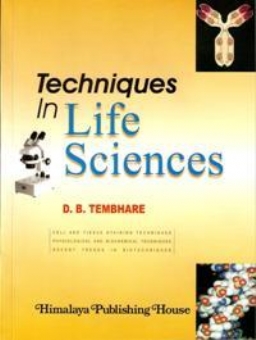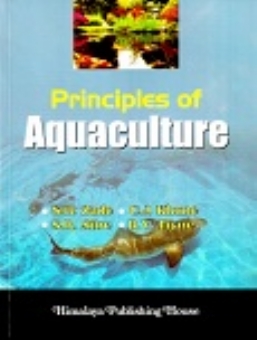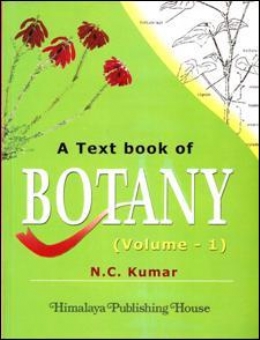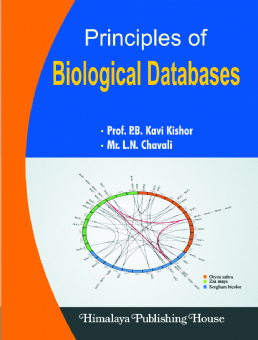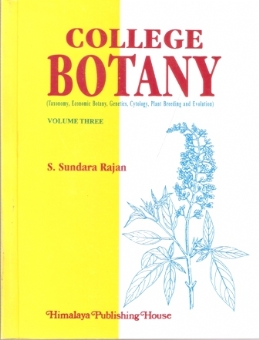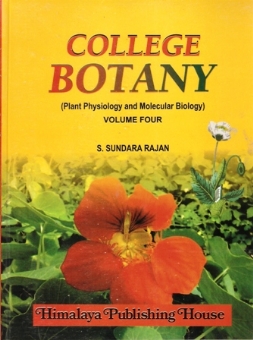Buy Academic Books Online in India | Second-Hand Academic Books
Featured Products
College Botany – Vol. I (Microbiology, Mycology, Phycology, Bryophytes and Plant Anatomy)
₹384.75
M.R.P.:₹ 475.00
You Save: ₹90.25 (19.00% OFF)
College Botany – Vol. II (Pteridophytes, Paleobotany, Gymnosperms Environmental Biology and Embryology of Angiosperms)
₹384.75
M.R.P.:₹ 475.00
You Save: ₹90.25 (19.00% OFF)
College Botany – Vol. III (Taxonomy, Economic Botany, Genetics, Cytology, Plant Breeding and Evolution)
₹484.38
M.R.P.:₹ 598.00
You Save: ₹113.62 (19.00% OFF)
College Botany – Vol. IV (Plant Physiology and Molecular Biology)
₹384.75
M.R.P.:₹ 475.00
You Save: ₹90.25 (19.00% OFF)
Modern Approaches in Soil Agriculture and Environmental Microbiology
₹429.30
M.R.P.:₹ 530.00
You Save: ₹100.70 (19.00% OFF)


